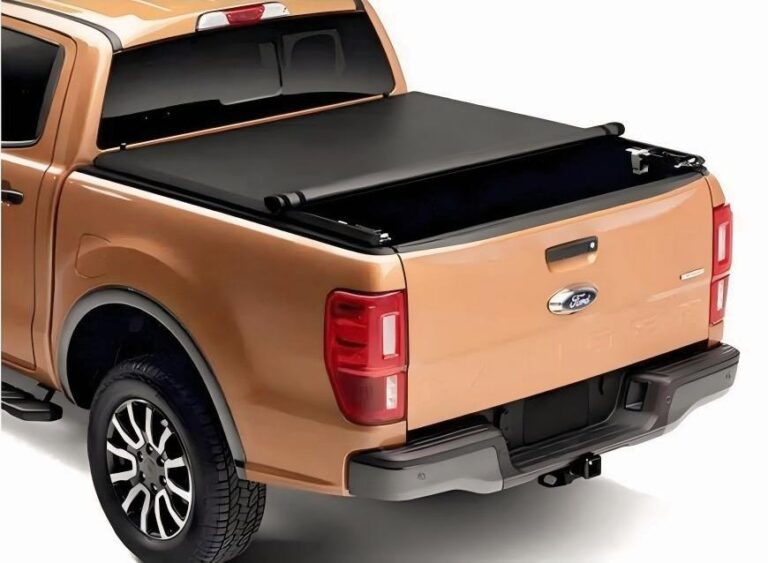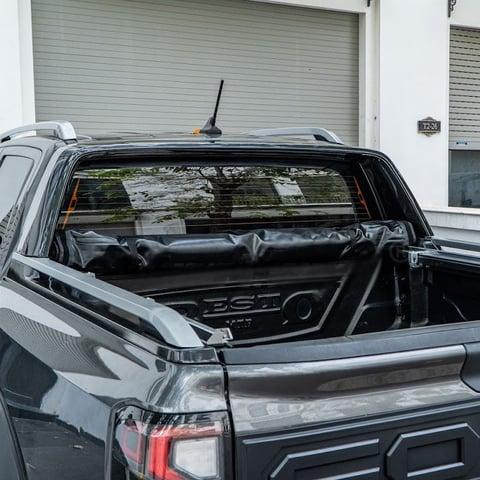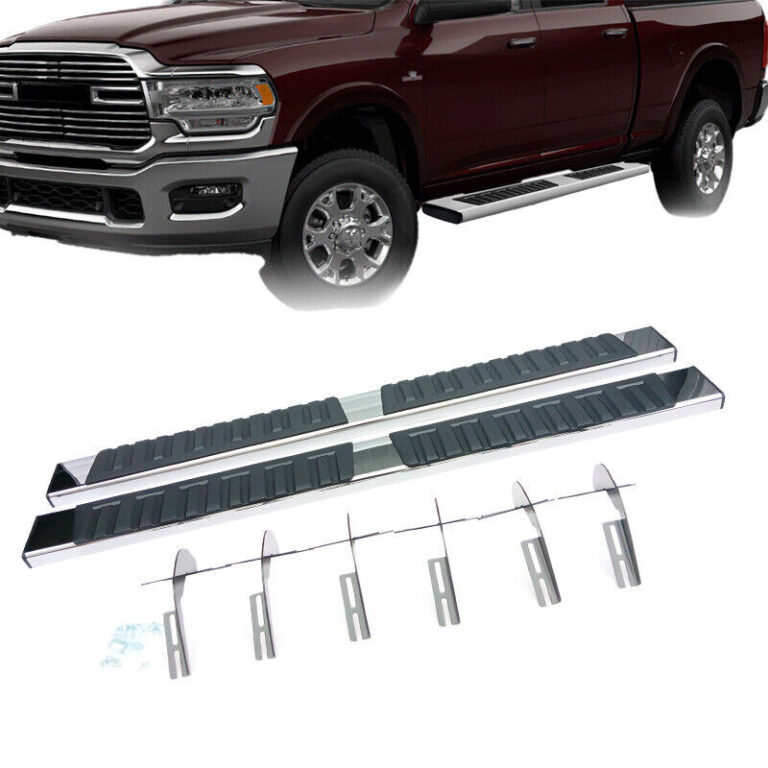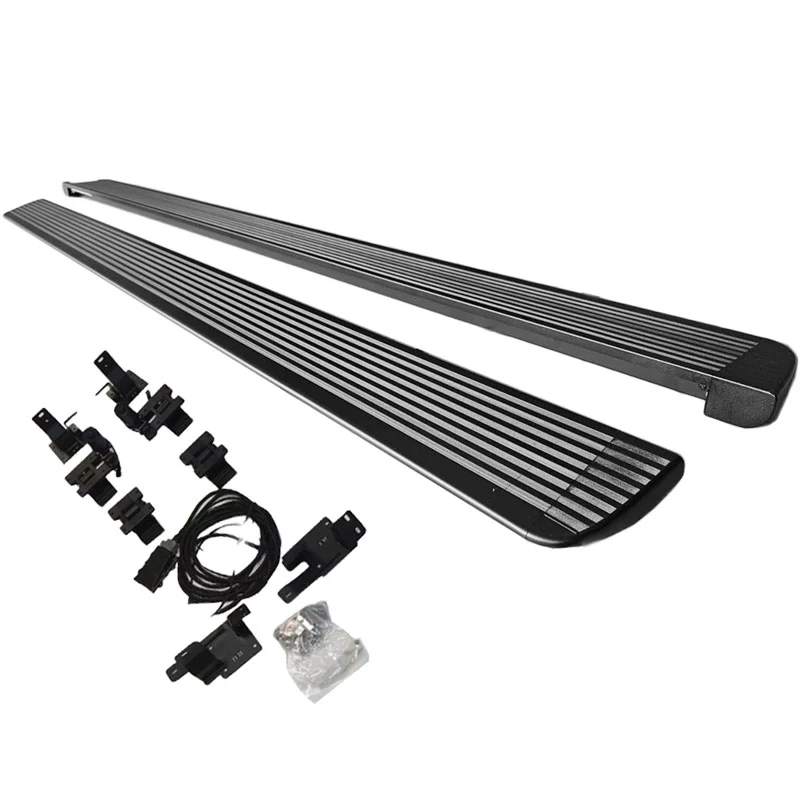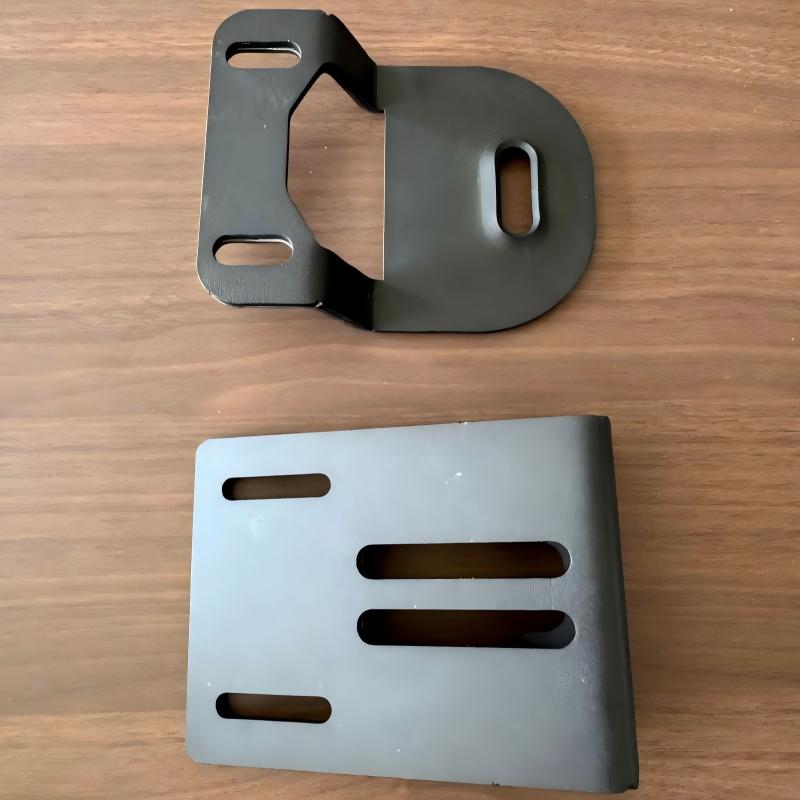-
GaoxinQu, Xingtan, Shunde, Guangdong
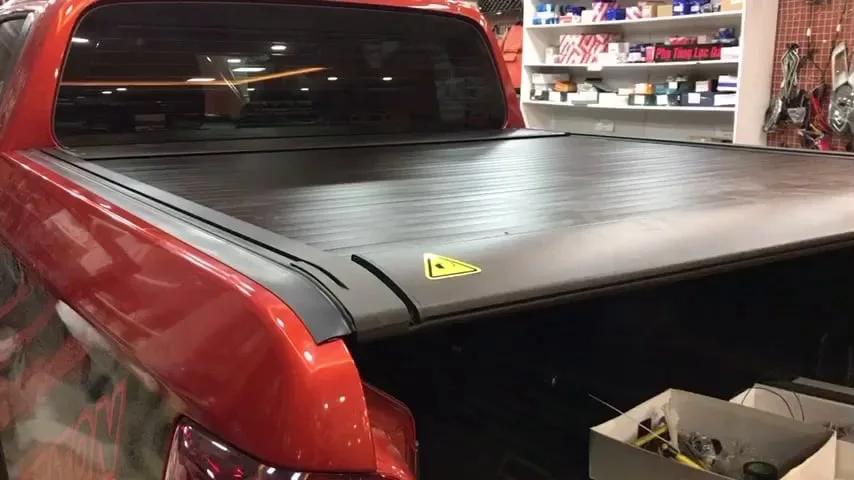
Pick the Perfect Material for Your Truck Bed Cover
Astratto:
Choosing a truck cover material is not an easy task. It is directly related to budget, durability, safety and user experience. This article deeply analyzes the six core options of vinyl, fiberglass, aluminum, hard plastic, canvas and innovative composite materials, and systematically demonstrates the six dimensions of protection, cost, weight, aesthetics, safety and maintainability, and cites authoritative research data. The conclusion reveals: There is no absolute “best”, only the most “suitable” choice for your core needs.
1.Protective Barrier: Comprehensive Protection of Fiberglass and Hard Plastic
- Core Argument: Fiberglass, with its excellent rigidity, impact resistance and excellent sealing performance, constitutes an all-weather protection fortress. The American Truck Aftermarket Association (NTEA) reported that the fiberglass cover had the lowest damage rate (30%).
- Advantages of hard plastic (ABS): Modern engineering plastics (such as ABS) have achieved a balance between lightweight (about 15%-20% lighter than glass fiber) and deformation resistance through strengthening and modification, and are particularly good at resisting daily scratches and UV aging (Journal of Materials Science, 2022 Polymer Durability Research).
- Limitations of soft plastic: Although vinyl and canvas have basic waterproof properties, their protection is significantly weakened when facing punctures from sharp objects or continuous high-pressure water jets, and they are only suitable for low-risk scenarios.
2.Cost-effectiveness: Vinyl and canvas are economical choices
- Core arguments: Vinyl materials have become the most cost-effective option due to the easy availability of raw materials and mature processes, and the initial cost is usually only 1/3 to 1/2 of that of glass fiber.
- Long-term perspective of canvas: Although the unit price is low, canvas is easy to absorb moisture and mildew, and requires frequent cleaning and maintenance (the average annual maintenance cost may be twice that of a hard cover), so the long-term holding cost needs to be carefully evaluated.
- Price-performance ratio winner: For users who are budget-sensitive and do not use them intensively, vinyl provides a pragmatic solution of “good enough is good enough” (Consumer Reports Truck Accessories Price-performance Rating).
3.Lightweight competition: the efficiency revolution of aluminum and composite materials
- Core argument: Aluminum alloy rear covers (especially roller blinds/folding types) perfectly combine strength and lightness, and their average weight is 25%-40% lower than that of fiberglass. A study by the U.S. Department of Energy (DOE) confirms that for every 10% reduction in vehicle weight, fuel consumption can be reduced by about 6%-8% – aluminum covers are a rational choice for users who are sensitive to fuel economy.
- Composite material frontier: New materials such as carbon fiber reinforced polymer (CFRP) have pushed lightweighting to the extreme, but the cost is high and is currently mainly used in high-end or special modification fields (SAE International Lightweight Vehicle Technical Report).
- Natural advantages of soft materials: Canvas and vinyl have natural advantages in self-weight and have almost no additional burden on the suspension system.
4.Aesthetics and integration: visual upgrade of fiberglass and aluminum
- Core arguments: The unparalleled plasticity and spray adaptability of fiberglass can perfectly reproduce the original body streamline, match any color, achieve “invisible” integration effect, and greatly enhance the overall high-end feel of the truck.
- Modern texture of aluminum: The original color or anodized treatment of aluminum alloy gives industrial beauty, and the segmented design combines functionality and technological vision, which is especially suitable for the design language of modern pickup trucks.
- Soft cover limitations: Canvas and vinyl have a relatively simple appearance and are difficult to provide the same exquisiteness and customization options as hard covers.
5.Security barriers: Hard covers’ anti-theft deterrent
- Core arguments: The rigid shell composed of fiberglass, aluminum, and hard plastic, combined with a high-strength lock system, greatly increases the difficulty of theft physically. Analysis by the Highway Loss Data Institute (HLDI) shows that trucks equipped with hard rear covers have a significantly lower claim rate for stolen cargo than those with soft covers.
- Soft cover shortcomings: Vinyl and canvas can only rely on simple locks and are easily cut by knives, and cannot provide reliable protection for valuables.
6.Maintenance friendliness: Aluminum and hard plastic are the worry-free choice
- Core arguments: Aluminum alloys are naturally corrosion-resistant, and surface treatments (such as powder coating) extend their maintenance-free cycle. Hard plastic (ABS) is stain-resistant and weather-resistant, and can be refreshed by rinsing with clean water.
- High maintenance of canvas: Canvas needs to be cleaned regularly to prevent mildew. If stored improperly, it is easy to harden and crack, and the time cost cannot be ignored.
- Points to note about fiberglass: Although it is durable, it is complicated and expensive to repair after serious collisions.
Summary: Matching the demand side is the “best fit”
After cross-validation in six dimensions, the selection of materials for truck rear covers is essentially a precise match of demand priorities:
- All-round protection & high-end beauty → fiberglass (optimal protection and appearance, high return on investment).
- Lightweight & fuel economy → aluminum alloy (light, strong, fuel-efficient, balanced function and efficiency).
- Ultimate cost-effectiveness & basic protection → vinyl (economical and affordable, the first choice for light use).
- Strict budget & dry environment → canvas (lowest initial cost, suitable for diligent maintainers).
- Balanced durability & easy maintenance → hard plastic (ABS) (reliable overall performance, worry-free and practical).
- Frontier Exploration & Extreme Weight Reduction → Composite Materials (Future Direction, Cost to be Popularized).
The material that ultimately wins must be the one that deeply fits your core scenario, budget constraints, and value ranking. Only by making rational trade-offs can you find the perfect “shield” for your truck.

